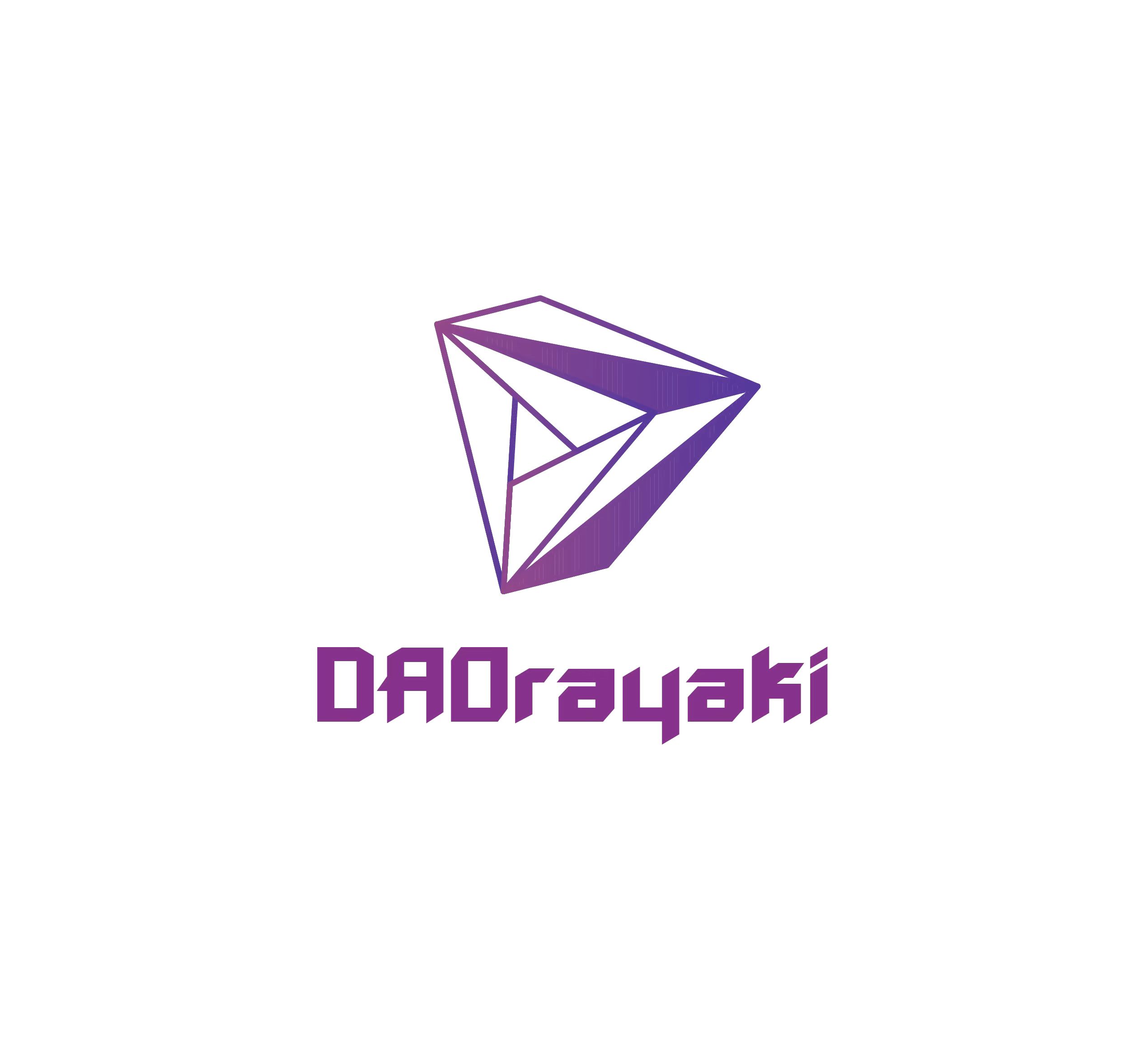DAOrayaki DAO Research Bonus Pool:
Funding address: DAOrayaki.eth
Voting progress: DAO Committee /7 passed
DAOrayaki DAO Research Bonus Pool:
Funding address: DAOrayaki.eth
Total bounty: 110 USDC
Contributors: Dewei, DAOctor @DAOrayaki
Types of research: DAO, A Flexible Compensation Program,
Author: Spencer Graham
Contributors: Dewei, DAOctor @DAOrayaki
Original: A Big Test for DAOs: Honing New Compensation and Contribution Practices
With the development of DAOs, we usher in a new era of work, and many projects face the common problem of determining a scalable formula to compensate their contributors. What works may not work as the community grows when the community has only five core contributors. At the same time, what works best for measuring and rewarding contributions in one DAO may not work in another.
Many DAOs currently benefit from the flexibility they are able to offer contributors. In contrast to traditional corporations, individuals can move flexibly between DAOs, often contributing to multiple DAOs at the same time. While this flexibility is one of the factors that attracts many contributors, including top talent, it often locks contributors into multiple compensation structures. In order to continue to bring in new contributors, DAOs need to develop compensation mechanisms that work well with other DAOs.
While liquidity is attractive, some contributors feel most productive when they focus their efforts on one DAO. As the DAO space recognizes contributor burnout due to being distracted across many projects, DAOs should create ways for contributors to make long-term commitments, and even encourage and incentivize such commitments as a way to retain talented people contributors.
Where DAOs really shine compared to traditional corporations is that they can support multiple contributor participation models simultaneously.
DAOs must ensure that compensation matches the value created, but the non-hierarchical nature presents challenges in measuring value, especially as contributors learn and grow.
When some contributors are able to flow between projects and contribute where they feel most inspired, they grow and develop quickly; others may grow quickly when others can delve into a project without interruption . Still others want something in between. Where DAOs really shine compared to traditional companies is that they can support many contributor engagement models simultaneously, allowing contributors to choose the one that works for them. However, designing a compensation scheme that facilitates contributor selection while remaining fair, transparent, and manageable remains a challenge.
Flexible Compensation Plan
At DAOhaus, we have been grappling with these challenges for over a year. Based on the experiences of our community DAO contributors and observations from multiple DAOs on our platform, we have developed a set of principles for creating an adaptable contributor compensation plan:
1. Contributors should have flexibility in how they use the DAO
2. Contributors should have flexibility in how the DAO compensates them
3. Contributor participation and compensation models should be interoperable with those of other DAOs
4. Contributor value should be assessed in a bottom-up manner
With these principles in mind, we have also developed a template for a flexible contributor compensation plan that divides compensation into three tiers: base compensation, bounty compensation, and ownership
basic compensation
This layer offers the greatest opportunity to build contributor flexibility in terms of participation (principle A) and compensation (principle B).
To increase participation flexibility, DAOs can create two tracks for contributors. A Track will retroactively compensate contributors based on the value they create for the DAO. Mechanisms commonly used in this space include retroactive funding proposals - where contributors outline the value they created during that time period and present a corresponding funding request, along with bounties, to the DAO or its working group. This track creates the most flexibility for contributors, but creates more uncertainty for both contributors and the DAO.
The second track will continuously compensate contributions over several months based on a combination of the contributor's level of commitment to the DAO in a given period (measured in time, effort, priority, etc.) and the amount of value they expect to create during that period By. Other members of the DAO (or working group of contributors) will be responsible for reviewing contributors' commitment and value level proposals, just as they review retroactive funding proposals. This track gives DAOs and contributors more certainty about compensation and contributions, even when specific DAO activity is less certain.
DAOs must ensure that compensation is commensurate with the value created, and their non-hierarchical nature presents challenges in measuring value.
Additionally, since commitment levels can be expressed as a percentage, as more and more DAOs adopt this approach, contributors will increasingly be able to reliably represent their aggregate bandwidth and commitments across multiple DAOs, helping to facilitate compensation Interoperability (Principle C).
For compensation flexibility, a DAO with a diverse treasury could allow contributors to choose their desired combination of stablecoins and DAO tokens for compensation. For example, one contributor may choose to be compensated in a 90-10 DAI-$ token combination, while another may choose a 50-50 combination.
DAOs can also experiment with various mechanisms to retain contributors for longer periods of time and create long-term incentives. For example, granting/locking DAO tokens, adding multipliers for longer commitment periods, etc.
bonus
The distribution of bonuses is based on subjective evaluation: each contributor evaluates the value created by other contributors during this period by scoring each contributor they have worked with, and the overall result provides a reference for the distribution of bonuses. All contributors on the Retrospective and Commitment tracks are eligible to receive bounties and participate in intersubjective evaluation activities.
This layer serves two key functions: first, it is a way to reward contributors who exceed their commitment levels, and like a typical bounty, those who create more value are rewarded higher. But unlike typical bounties, the amount is determined by the contributor's colleagues and co-contributors. rather than the boss. Where possible, bonuses should be paid in the DAO's tokens to create long-term alignment with retroactively tracking contributors (whose base salaries are typically primarily in stablecoins).
Second, evaluation results can serve as a decentralized, bottom-up performance review of contributors on the commitment track. By comparing the expected value of contributors over a given period (measured by their share of total base compensation) to the actual value they created (measured by their share of intersubjectively assessed outcomes) over the same period, the DAO Contributors can be assessed as underperforming or overperforming.
The main tool for intersubjective evaluation is Coordinape. DAOs can experiment with various mechanism strategies, including how much points each contributor should give to others (influencing the weight of each contributor in determining the outcome), the size of the bonus pool relative to the base compensation, and so on.
Governance
Contributor ownership makes DAOs more powerful than traditional corporations. To be sustainable and continue to be decentralized, DAOs must provide a clear path for contributors to gain governance rights within the DAO. One of the best ways to distribute power and ownership is as part of compensation.
The exact method varies from DAO to DAO. DAOs governed directly by token voting can do this by paying base compensation or bonuses to contributors in tokens. In contrast, DAOs with non-token governance mechanisms (such as Moloch DAO) have more choices in how to distribute ownership and governance rights to contributors.
For example, these DAOs could compensate contributors with DAO tokens for basic compensation and bonuses, but limit contributors to governance rights only for the bonus portion through socially enforced rules.
The benefits here are twofold: First, contributors gain governance rights in the DAO only in proportion to the value they create for the DAO as determined by their peers through an intersubjective evaluation. Second, contributors to both tracks have equal access to governance rights.
The future of work will be flexible compensation
If DAOs can succeed in providing flexible compensation plans for contributors, I believe we will find that there is far more talent in the world than we thought. Companies do a terrible job of finding talent and attracting/motivating them to do business, but DAOs have really shown that they are good at it.
refer to
Original link:https://thedefiant.io/a-big-test-for-daos-honing-new-compensation-and-contribution-practices/



